Light is one of the most important elements of any photograph. But learning to see indoor natural light in photography can be a challenge.
If you have noticed that a lot of your indoor photos are unexposed and blurry, the odds are you aren’t using light correctly.
Table to Contents
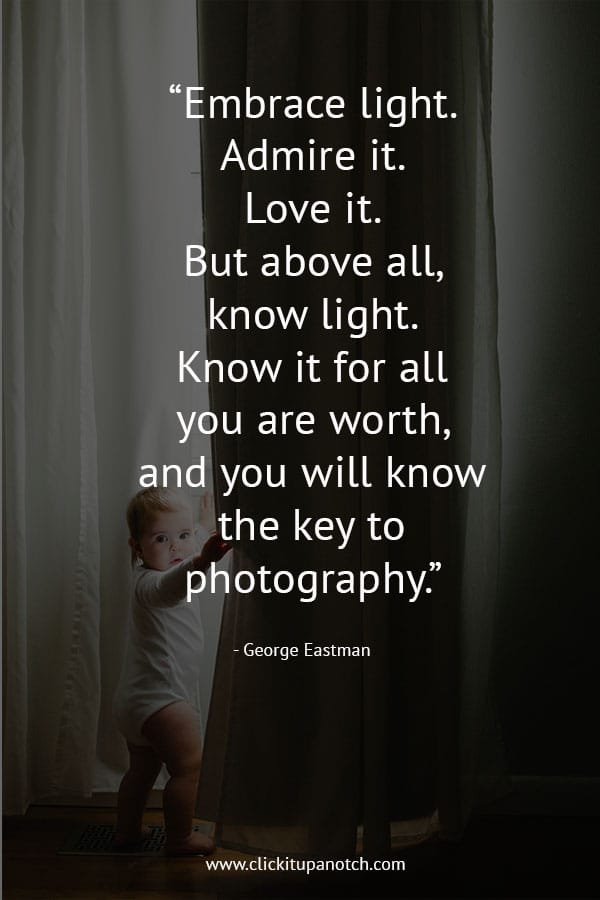
What is indoor natural light photography?
This photography style is a way to use the light from outside in your home utilizing your windows.
It’s important to learn to see indoor natural light in photography.
No matter how many windows you have in your home you have good light. You just have to learn to see it.
Once you learn to see the light, you need to figure out how to use it to draw the viewer into your images.
You can use light to change the mood of the image as well as really make your subject pop.
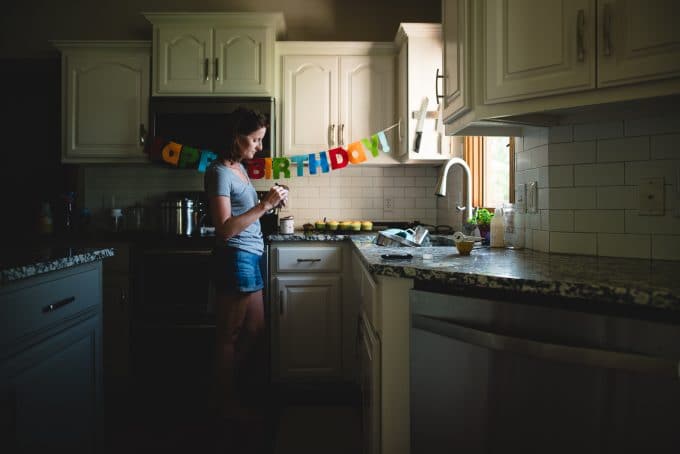
How to see natural light in your home
Do you have “good” light in your home?
Like many people, I used to believe that good light could only come from having lots of bright, sunny windows.
When I started taking photographs, I thought there was no hope for me because I lived in a quadplex with only 5 windows in the whole house!
What is the best time of day for indoor natural light photography?
Use the exercise below to find the light in your home no matter how many windows you have.
In the morning, once the sun is up:
- Turn off all the lights in your home
- Open all the blinds & curtains.
- Every hour for the rest of the day, walk into each room to observe the light
- Take note what the light looks like at each time of day
- At the end of the day, notice when each room had the best light.
- The light won’t be perfect in every room at every hour of the day. Understanding how to see and find the light in your home is key.
You may have always thought, for example, that your back bedroom had terrible light. This exercise will help you notice that perhaps the back room has beautiful soft light at 4pm, making it perfect for photographing.
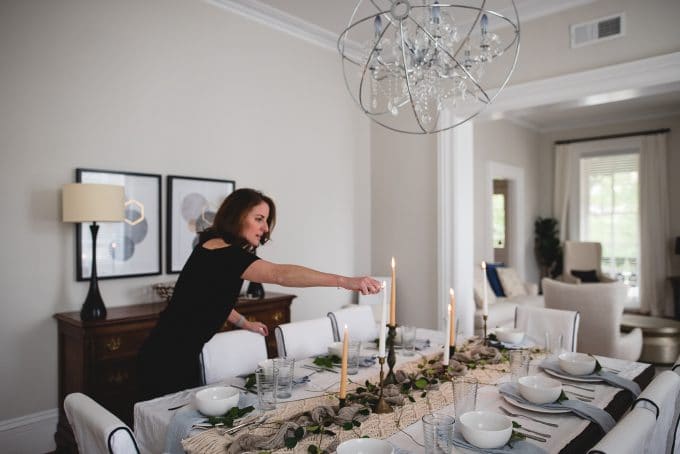
3 Best tips for indoor natural light photography
Now that you know what natural light photography is and how to find good light in your own home, I want to teach you some simple tips to improve your indoor photography.
Turn off overhead lights
When you have limited light, many people feel that you need to turn on lights to help illuminate your subject. It is actually the exact opposite.
You want to turn off any overhead lights or lamps you may have on. When you turn on these artificial lights they actually affect your white balance and makes your photo look yellow.
Allow the light from the window to light up your subject. May seem directional and will create beautiful shadows and drawing the viewer into your subject.
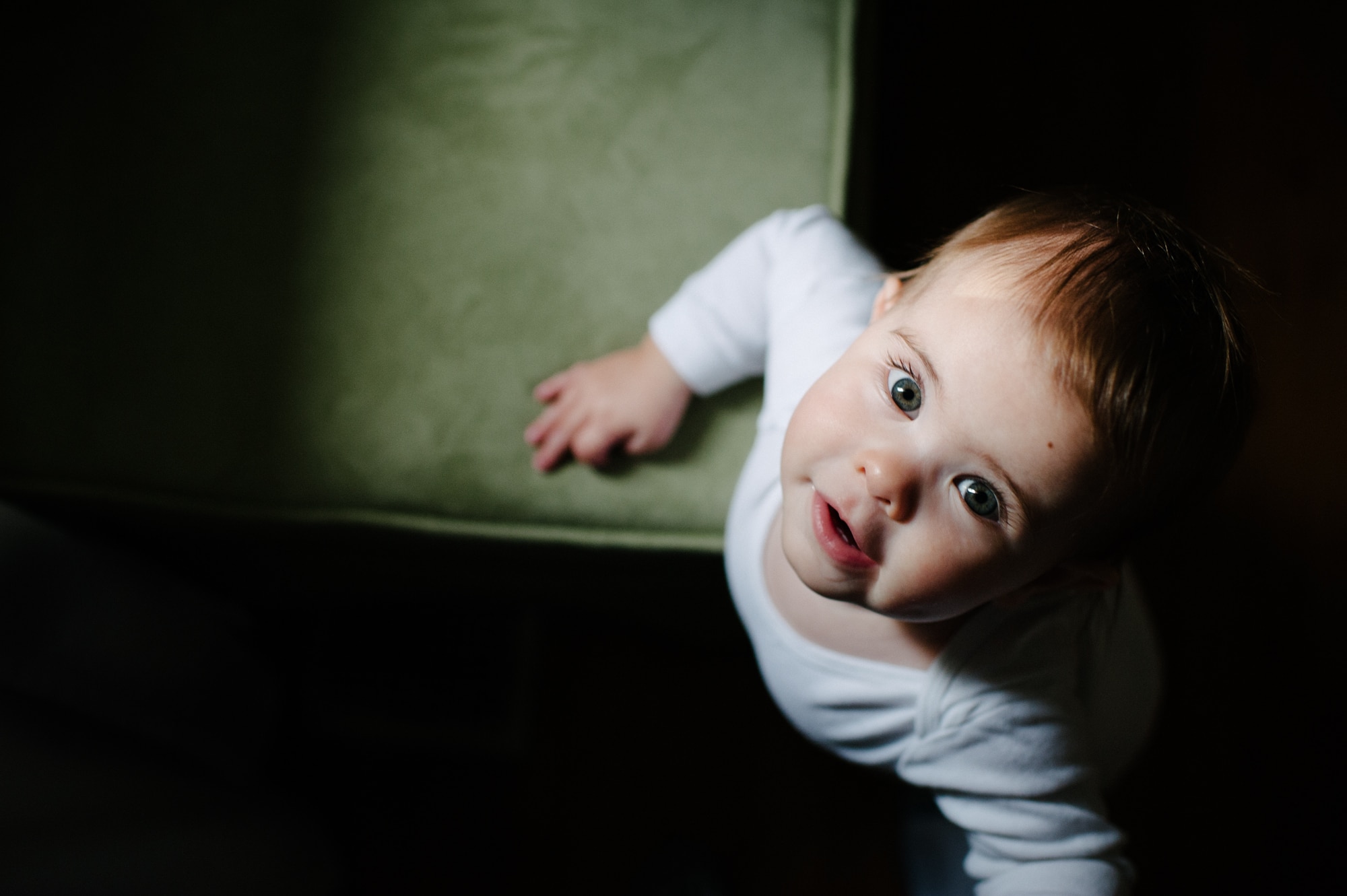
Place your subject near the window
When working with indoor natural light in photography there are a variety of ways you can place your subject in relation to the light to create a photo with the feel you want. One of the best ways to light your subject is to have them face towards the light.
That may seem obvious. But it’s one of the biggest mistakes people make when it comes to light.

You don’t have to face your subject head on toward the light. You can use slightly different positions to create shadows and change the feel of the image.
Facing towards the light, and not directly next to the light, will create soft shadows that add depth to your images.
Here is an example of two images taken minutes apart.
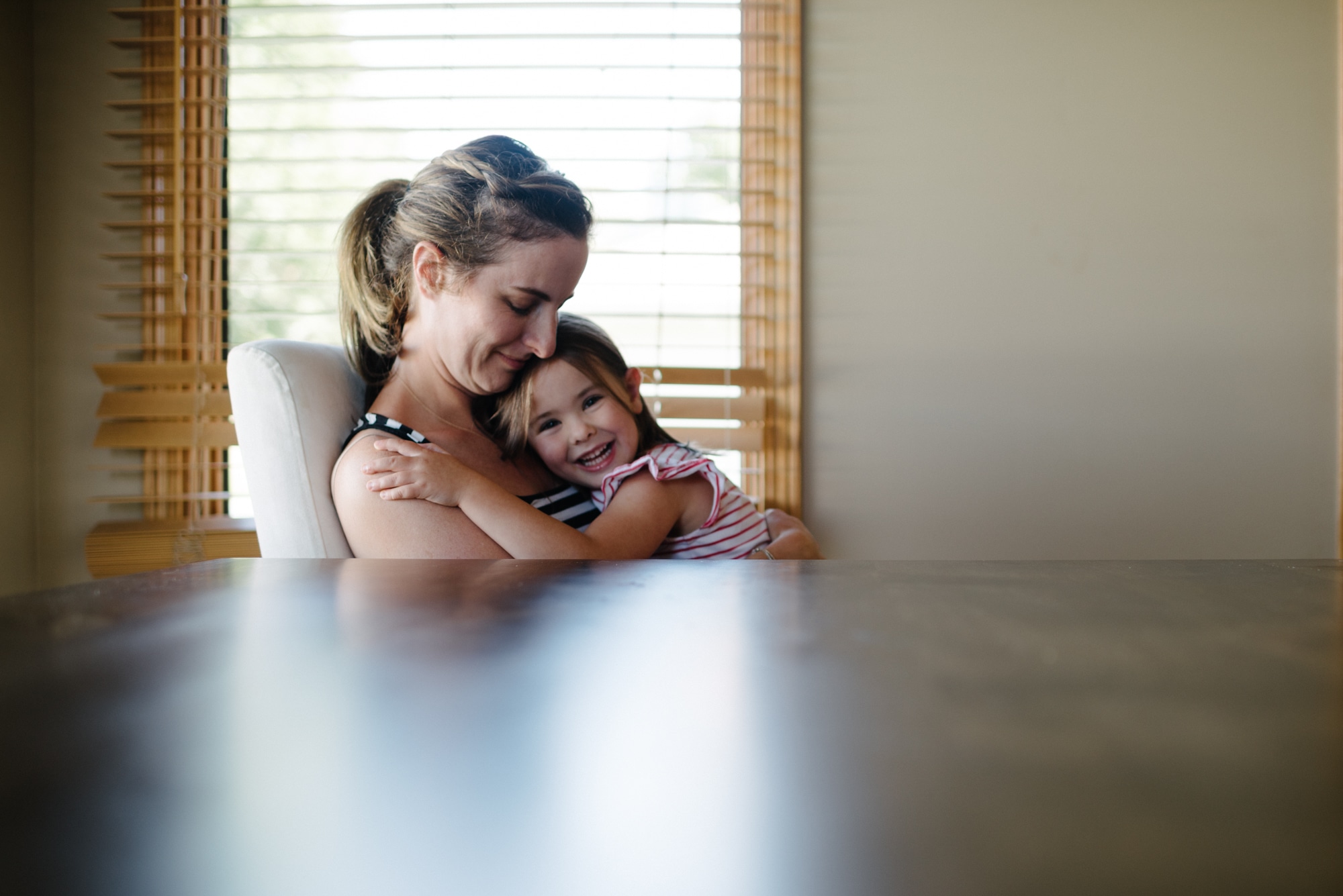
*Image above with light behind & to the side of the subject. Notice the darker shadows on the subjects’ faces.
When I changed positioned and moved my chair so it faced the light instead of had the light coming in from behind I was able to create beautiful shadows and it changes the feel of the photo.
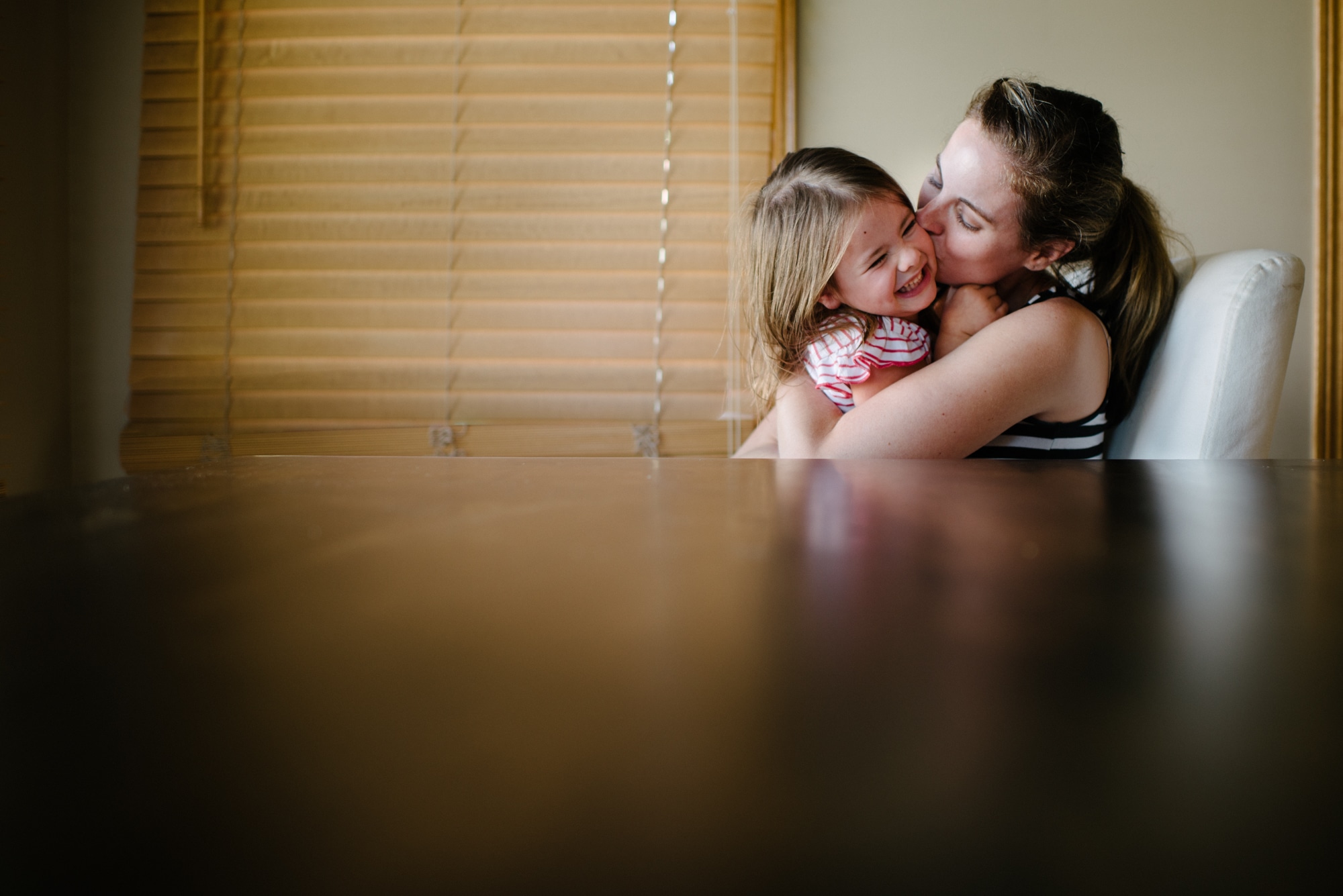
Turn their eyes towards the window
When photographing someone you want to capture catchlights in their eyes.
Catchlights are the reflection of light in your subject’s eyes. It gives your subject that extra sparkle.
If you have ever watched a Disney movie you may have noticed they even draw in catchlights. Because you want light in your subject’s eyes.
In order to get catchlights, you want to have your subject’s eyes facing towards the window or light. They don’t need to be squinting and looking directly into the light, but in that general direction.

What settings do I use for indoor natural light photography?
Don’t be afraid to raise the ISO
We are taught that ISO increases the amount of noise in an image and this is true.
However, if you keep your ISO low in hopes of not adding noise to your image and in turn your image is underexposed than you are actually adding more noise to your photo than if you had raised your ISO.
Surprising, right?
What is the best ISO setting for low light?
I’m not just talking about raising it to ISO 200 or ISO 800, I mean raise that bad boy up to ISO 1600 or ISO 3200 if you need more light.
Remember how I said I had these dream windows and my house had a lot of light? I still found myself shooting at ISO 800 in the middle of the day.
It is a common myth that if you are using natural light during the day than your ISO should be around ISO 100 or ISO 200. This is true if you are shooting outdoors but rarely true when shooting indoors.
Don’t be afraid to raise your ISO.
If you find that you are in a situation you want to photograph and there is as much light as possible coming in through the windows but you still need more light then raise your ISO.
See here on how to master low light photography!
Different types of indoor natural light photography
Flat Light
When your subject is facing directly towards the light, the light is considered flat light.
This is because the light is falling on their face in a way that there are no shadows.
This isn’t ideal as we do want shadows in our images. However, if you are photographing someone who may want to hide wrinkles then flat lighting is extremely flattering.
Personally, I prefer to have more shadows in my images than those with flat lighting.
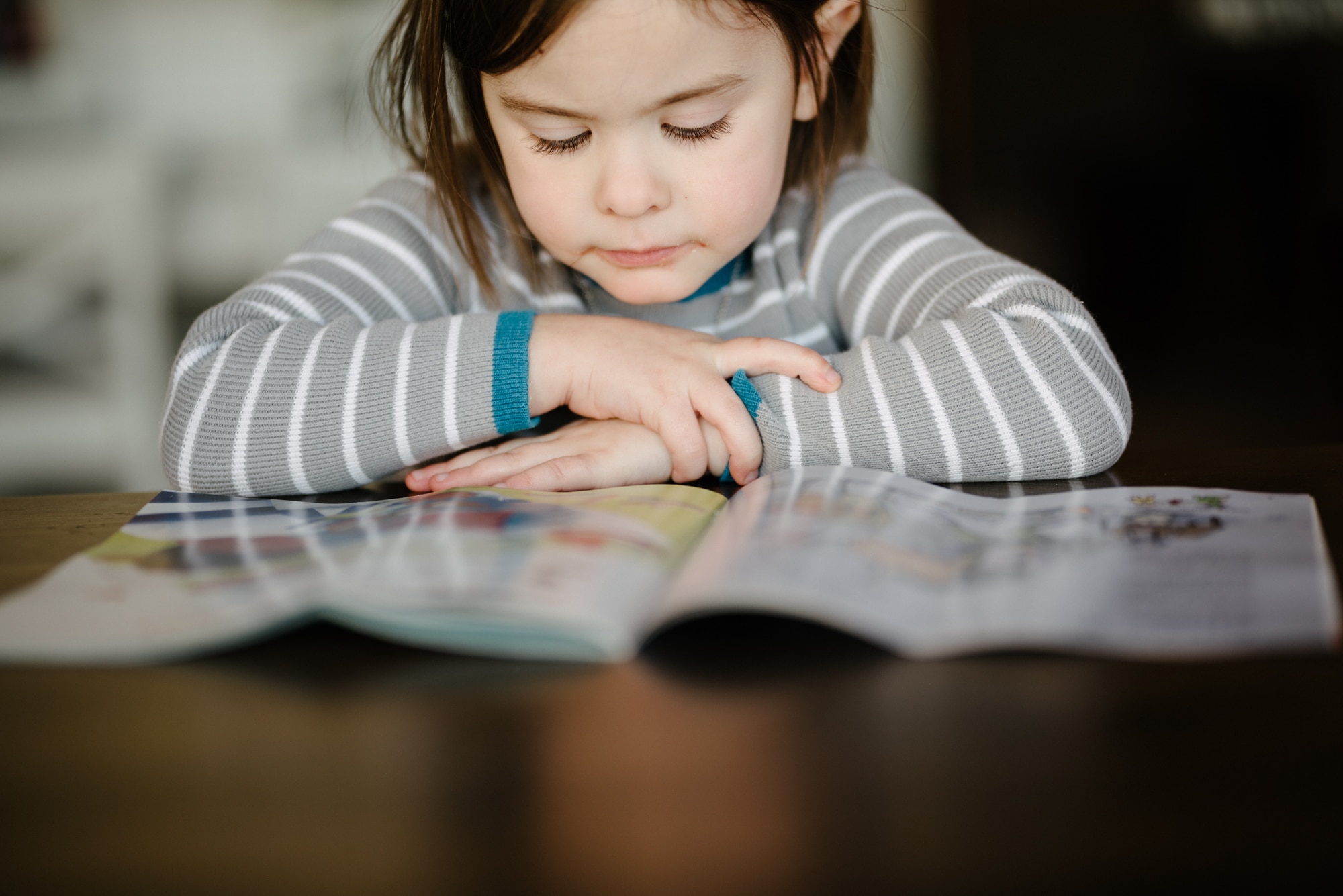
45 Degree Angle
When placing your subject by the window, ideally you want them turned at a 45 degrees angle. This not only allows you to get catchlights but places some nice soft shadows on their face creating depth.
In order to achieve this, you will want to stand as close as possible to the window. In fact, don’t be afraid to lean against it. Your back will be facing the light coming in.
Next have your subject stand facing the light and then turn them at a 45 degree angle from the window. you should notice catchlights and soft shadows on their face.
Don’t be afraid to continue to move them around until you get them at an angle that is both flattering to them but has the light fall nicely on their face.
You might even find a way to incorporate a reflection especially on tables, counters, or appliances in your home.
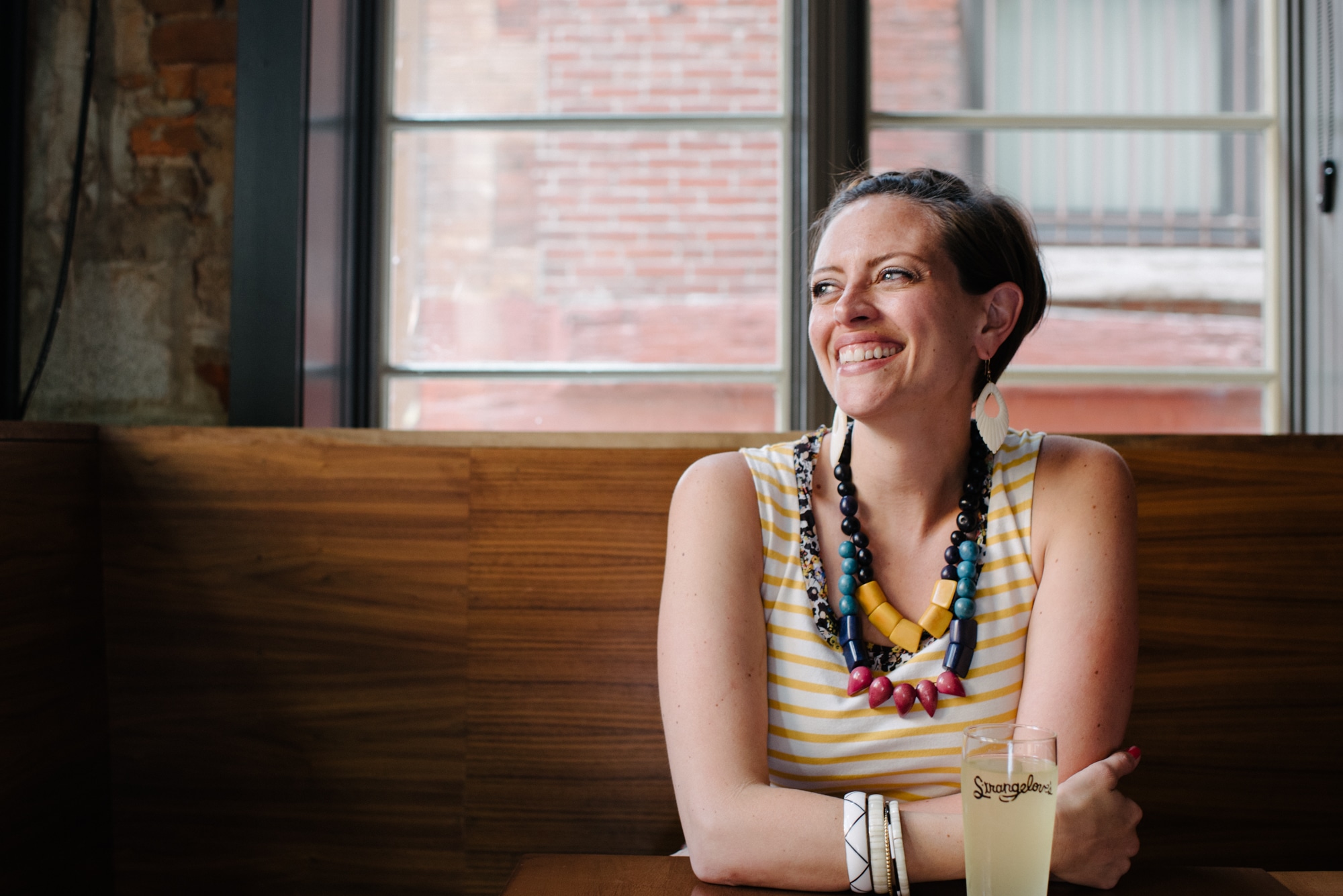
Split Lighting
This light isn’t ideal for every image but is fun if you are trying to create a more dramatic image.
In order to achieve split lighting you want to place your subject at a 90 degree angle from the window.
It’s important that all other lights are turned off and the only light source is the window your subject is sitting beside
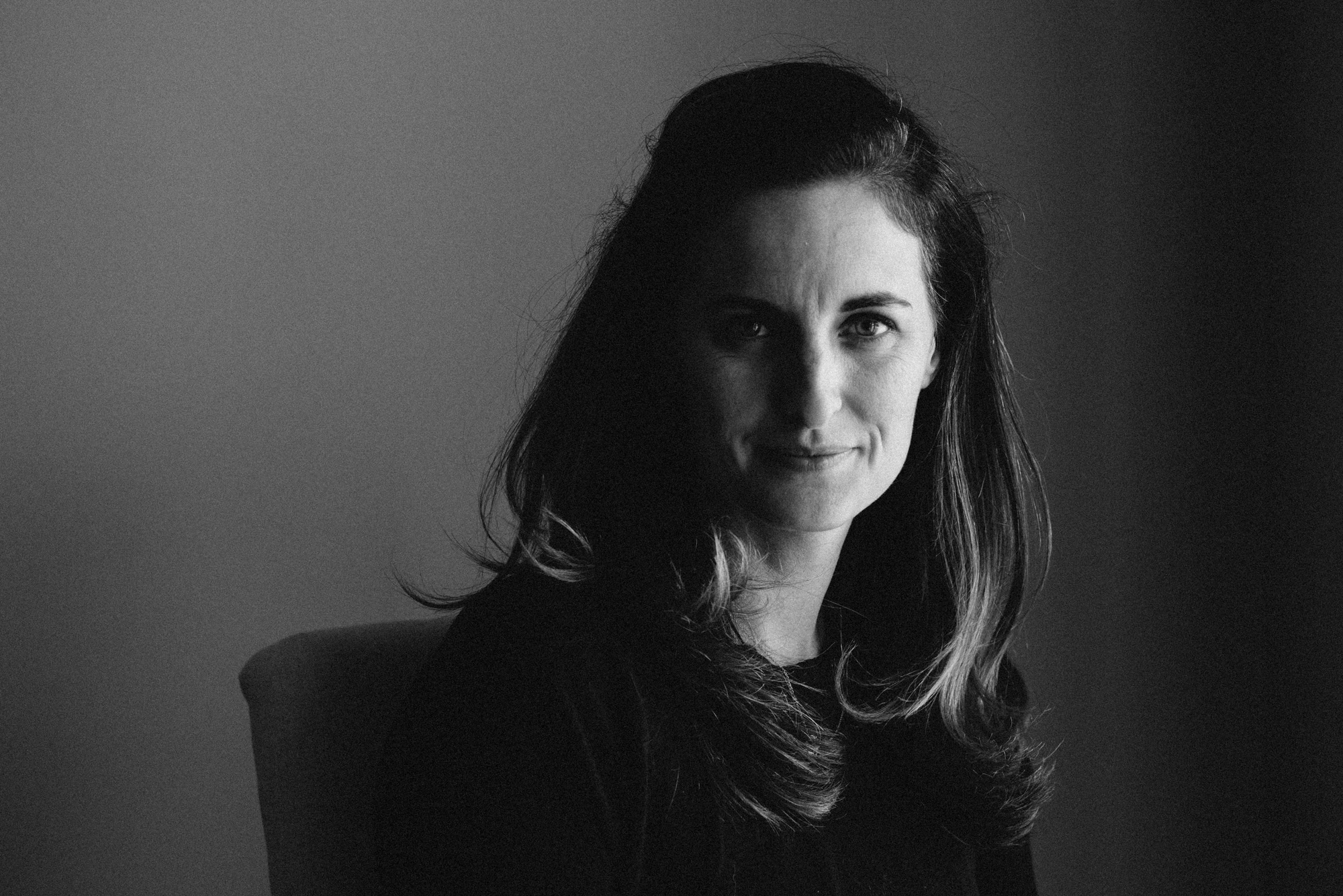
Indoor Natural Light Photography FAQs
I hope you feel much more equipped to take stunning photos using indoor natural light. I believe in you, you can do it!
Discover more about natural light:
– 6 Lighting Patterns Using Only Natural Light
– 7 Effective Tactics to Working With Indoor Natural Light








Thank you – elegantly but simply explained.
Thank you for these helpful tips and reminders!
in the pictures where the subject 45 degrees and 90 degrees from the light I’m not sure what angle the light is at??
please help maybe with a diagram
Very helpful information!!
Thank you. Informative. Now I’m interested in trying some of these lighting angles.
Thankful for your articles. God Bless! ❤️
Love your helpful articles — thank you, Courtney!
Thank you for sharing your experience! Also thanks to your family for your service to our country. Hope you had a nice Veteran’s Day.🇺🇸
[…] For so many of us, our favorite moments happen inside. Learning to look for light and use it effectively is key to take great photos indoors. This post from Click it up a Notch I’d one of the best I’ve seen when it comes to photographing indoors. You can read this guide here. […]
Love the examples. Nice article and helpful. Thanks
If you have big windows, use them! Great tips. Thanks for sharing